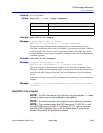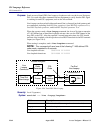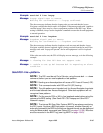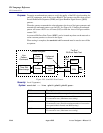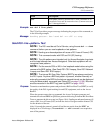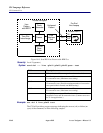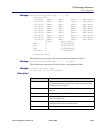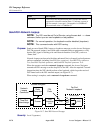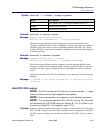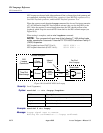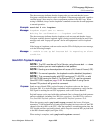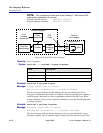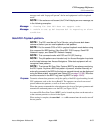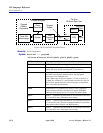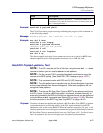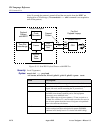
Access Navigator - Release 1.8 August 2003 18-71
CLI Language Reference
CLI Command List
Syntax: send ds1 <n> network <loopup|loopdown>
Example: send ds1 9 network loopup
Message: Loopup signal sent to remote.
Waiting for confirmation.....loopup confirmed.
The above message indicates that the loopup code was sent and that the Access
Navigator confirms that the far-end is in loopback. If the message ends with “unable to
confirm loopup” there may be a line or equipment problem in the DS1 loop. When
testing is finished, always use the loopdown command to return the far-end equipment
to normal operation.
Example: send ds1 9 network loopdown
Message: Loopdown signal sent to remote.
Waiting for confirmation.....loopdown confirmed.
The above message indicates that the loopdown code was sent and that the Access
Navigator confirms that no loopback signal is being received from the far-end. If the
message ends with “loopup still present” the far-end equipment is still in loopback
mode.
If the code can not be sent, the CLI will display an error message, as in the following
example.
Message: *- unable to set up ds1 because ds1 is reporting an alarm
condition.
Send DS1 NIU Loopup
NOTE:
The DS1 must be set Out of Service, using the set ds1 <n> down
command, before you can use loopbacks or test patterns.
NOTE: For normal operation, the loopback must be disabled (loopdown).
NOTE: This command works with ESF or D4 (SF) framing. This command
also works with SLC-96/TR-08 framing for Shelves B, C, D. (For Shelf A, use
the command Send DS1 Line Loopup on page 18-63.)
Purpose: Sends an in-band (bit pattern) line loopup or loopdown code over the Access Navigator
DS1. The NIU loopup is used with other commands and test equipment to verify that
the DS1 signal is reaching a far-end Network Interface Unit (NIU), such as a “Smart
Jack.”
Field Description
n DS1 number, 1 to 32, or a range of numbers such as 2-8.
loopup Enable network loopback.
loopdown Disable network loopback.



